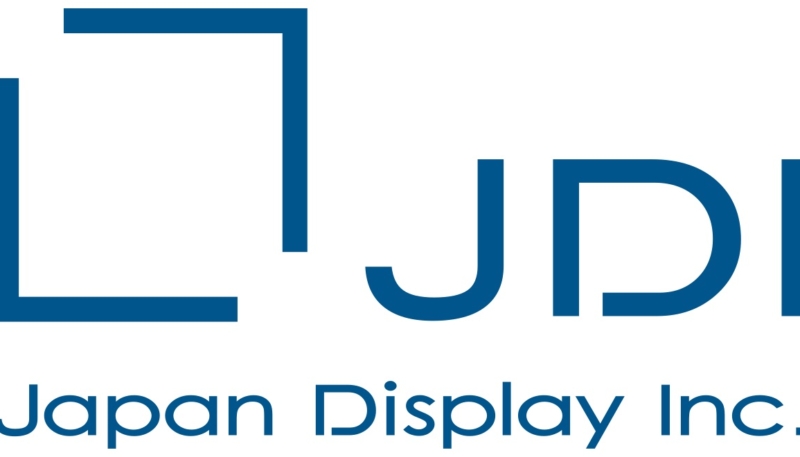Apple LCD display supply partner Japan Display has lost funds that were to be provided by a key investment firm leading a proposed bailout deal. However, Apple may double its own investment to enable the LCD panel maker’s restructuring plan.
Chinese firm Harvest Group had lead the consortium for an 80 billion yen ($740 million) bailout deal, which included a contribution from Apple.
However, Harvest Group has decided against providing any financial aid to Japan Display Inc (JDI). Harvest had been expected to contribute 63 billion yen ($557 million), said Nikkei Asian Review, citing sources familiar with the negotiation.
This is the second time a proposed bailout for JDI has fallen through. Back in June, Taiwan’s TPK Holding withdrew from a $230 million proposal, Then, days later, financial firm CGL Group also dropped its investment plans. This left JDI swinging in the wind, unsure whether other members in the Chinese-Taiwanese consortium would follow through with their own proposals.
However, in a stroke of good news for JDI, The Wall Street Journal reports Apple is considering revising its investment plan, and may double its investment in Japan Display to 20 billion yen, which is double its original proposed investment of 10 billion yen ($100 million). The report cites “people with direct knowledge of the plan.”
Apple accounts for over half of JDI’s sales, as they supply the liquid crystal displays for Apple’s iPhone 11, helping it to remain in business. However, its overall LCD display business has been hit hard by the growing adoption of OLED panel technology (used in Apple’s iPhone 11 Pro and iPhone 11 Pro Max).
JDI has struggled to invest in OLED production, as it last year faced a $2.3 billion loss in 2018. The company did receive a 20 billion yen cash infusion earlier this month from Innovation Network Corporation of Japan.
As mentioned by Apple industry analyst Ming-Chi Kuo, Japan Display also supplies the OLED displays for Apple Watch Series 5 models. Kuo last month forecasted JDI will gradually increase its proportion of OLED display orders for the Apple Watch, eventually reaching 70-80% of orders by 2021.
The firm could eventually begin supplying OLED panels to Apple for the Cupertino firm’s iPhone lineup, helping the iPhone maker to further diversify its supply chain, reducing its reliance on Samsung for the OLED display panels.


